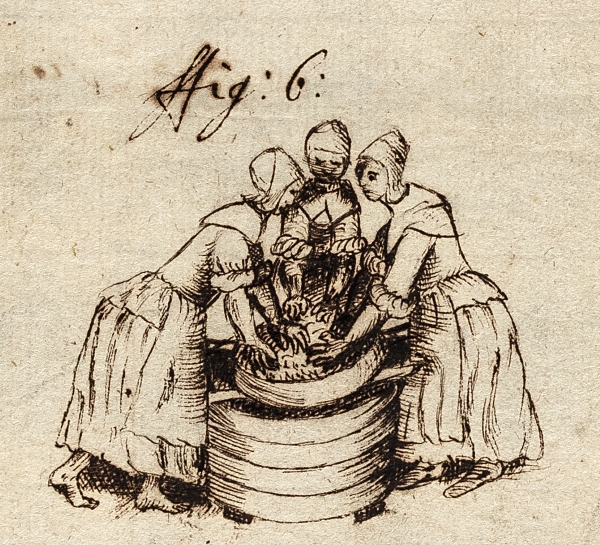Read about two giants of British architecture and engineering: Isambard Kingdom Brunel and Sir Charles Barry.
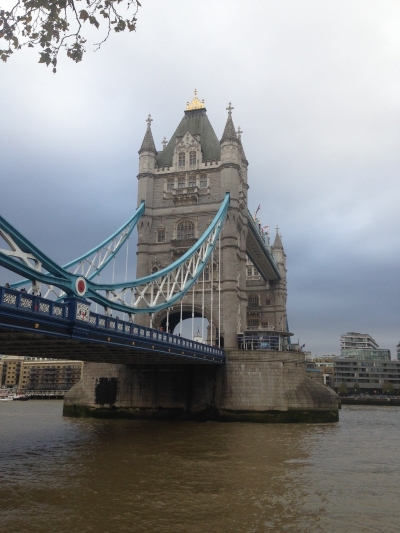
My new book ‘Building Passions’ covers the period during the nineteenth century when Britain had two giants of architecture and engineering building major structures: the engineer and polymath Isambard Kingdom Brunel and the architect Sir Charles Barry, both Fellows of the Royal Society.
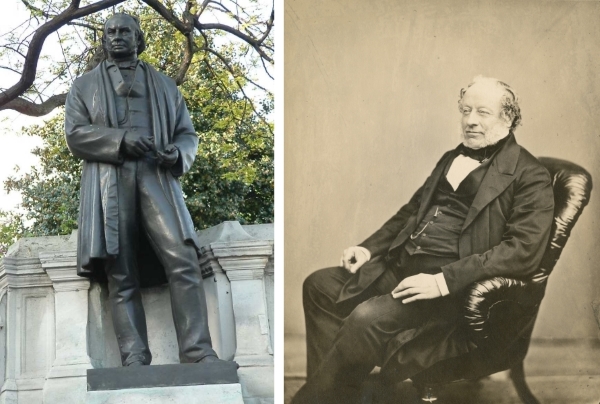
(L) Statue of Isambard Kingdom Brunel on Victoria Embankment, London (Wikimedia Commons) and (R) Sir Charles Barry (photograph by John Watkins, ca. 1855, RS IM/000275)
Brunel was voted the second greatest Briton after Churchill by the British public, quite extraordinary for an engineer! Arguably his most famous structure was the gargantuan iron steamship the Great Eastern. But he is also known for iconic buildings such as Paddington Station in London, bridges such as the Clifton Suspension Bridge in Bristol, and tunnels such as the Thames Tunnel in London and the Box Railway Tunnel near Bath.
Barry rebuilt the Houses of Parliament after they burned down in the 1830s. Aided by the highly talented Augustus Pugin, he created a spacious and well-planned structural replacement with elegant Gothic decoration to suit the brief.
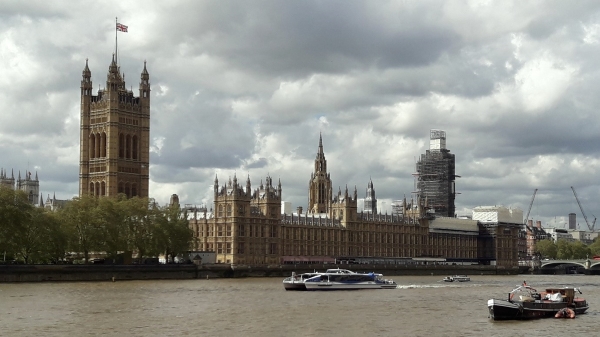
The Houses of Parliament, London (author’s photo)
He also made his mark with other key buildings such as the Travellers and Reform Clubs in London, Highclere Castle (aka ‘Downton Abbey’) near Newbury, and Cliveden House near Maidenhead.
Continuing my story, Sir Charles’s son Sir John Wolfe Barry established a civil engineering business in the 1870s with Henry Marc Brunel, son of Isambard, in the Brunel family home in Westminster. They went on to build the truly iconic Tower Bridge, finished 125 years ago this year and one of the most visited bridges in the world.

Tower Bridge, London (author’s photo)
Sir John was also elected to the Fellowship of the Royal Society and served on the committee which supervised the new National Physical Laboratory, established to measure physical standards accurately. He is celebrated in his role as Past President of the Institution of Civil Engineers, and for being the founder of the Engineering Standards Committee, which is alive today through the famous Kitemark and the global standard-making and policy work of the BSI Group.
One of Charles Barry’s other sons, Edward Middleton Barry, built the Royal Opera House in London with its Floral Hall, which features in the musical ‘My Fair Lady’. Another son, Charles Barry junior, designed the beautiful private school of Dulwich College, also in London, using terracotta decorations modelled on an Italian cathedral. He created a hammer beam roof in its Great Hall similar to the ancient one retained by his father in the New Palace of Westminster.
A grandson managed a huge World War I factory in Cumbria manufacturing high explosives for the Front. It employed the famous ‘Canary Girls’, women workers who stirred the dangerous potion while their menfolk were away in the trenches. Sir Arthur Conan Doyle was fascinated enough to interview them personally.
The book covers all of this as well as other interesting facts and connections. For example, a link is made between the talented Brunel and Barry families and the construction of the Burj Khalifa in Dubai, currently the world’s tallest skyscraper. This feeds back in time to the development of vast iron and steel structures dating to the Crystal Palace constructed for the 1851 Great Exhibition. Isambard Kingdom Brunel and Charles Barry senior were both invited by Prince Albert to be commissioners for the enormous glass building.
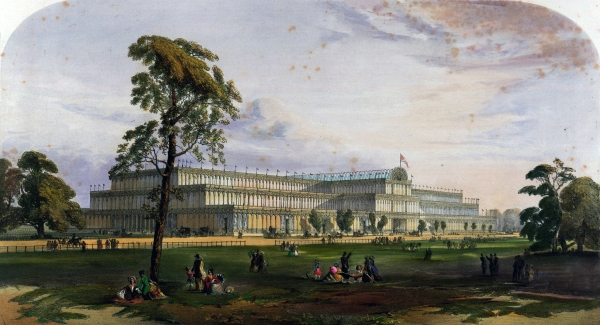
The Crystal Palace during the Great Exhibition of 1851 (Wikimedia Commons)
Interestingly neither Brunel nor Barry was particularly involved with direct work for Queen Victoria and her consort, with the exception of Brunel’s ‘modern’ bridge at Balmoral Castle (Her Majesty was apparently ‘not amused’ and strongly disliked the bridge). Barry’s Italianate designs for buildings such as the Reform Club and Cliveden House were imitated by the Royal Family at the magnificent Osborne House on the Isle of Wight.
All in all, the world would have been a poorer place without the Brunel and Barry families. We still need to remind people of their relevance to modern day life and the importance of the built environment to us all.
Nick von Behr was formerly Education Policy Manager at the Royal Society and is an Associate of the Newcomen Society for the History of Technology. His first book, ‘Building Passions: Brunel, Barry and ‘modern’ Victorian architecture’, is available as an e-book and in hard copy; for more information go to www.buildingpassions.co.uk.



